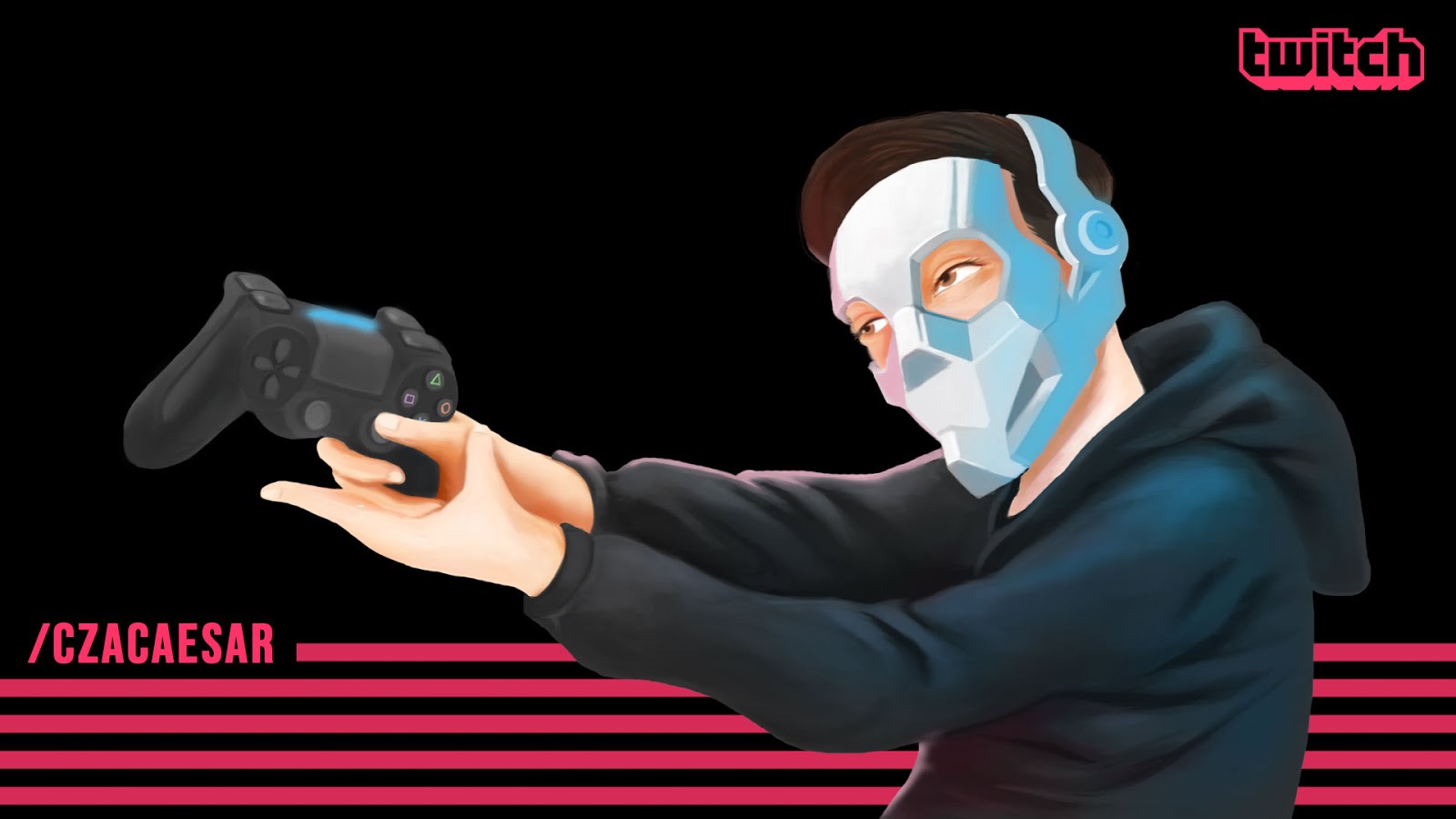As i mentioned on the title, i use Maya Hardware Render 2.0 which means i use the viewport render of Maya, and using the advantage of DX11 Shader in Maya 2015. DX11 Shader already implemented in Maya 2013, but you may found some bugs or lags as i read somewhere on the net.
I use this method after i found a blog about Starfish Ninja by Joe Daniels, you can visit the page here : http://starfishninja.blogspot.com/ his blog inspire me to do the same with my student's final short. This topic will be divided into some parts, because it'll probably take long to provide all the information (caused by my addiction to play Witcher 3 i'm sorry). So the first one will be the set up.
Setting Up
You need to change the setting of preferences to DX11 as your rendering engine below :
You need to restart your Maya for the change to take action. Then, you should change your render setting to Maya Hardware 2.0
What's the different? Because you only can render it with Maya Hardware 2.0 if you decide to use DX11 Shader, or you'll only get green result in your render software, or grey material and lighting data in Mental Ray as you can see below :
The advantage of this Shader is, it'll only take SECONDS to generate the rendered image above, even when i set it to 2K image. If you don't believe what i said, here's the proof :
the fastest is 1 Second, and the longest is about 20 seconds (with DOF, Blur). I recommend you to setting the resolution high, because you'll need to reduce it half to 720p because the AA of Hardware 2.0 is imperfect. Here's the setting before you start :
1. File Output is free for you to choose. Targa, PNG, all you need.
2. This "hardware" performance is for animation only. so no need to worry.
3. You can directly use AO in your shot, or you want to put it into render layers (i'll explain later) max samples is 32.
4. I suggest for smoother blur is 0.100 in Shutter Open Fraction while the sample count is 32. 0.200 kinda big for me, but then it depends on the action. you can see it in viewport yourself which suit your needs.
5. The max of AA here is 8 while you'll get 16 in Open GL (it's exactle the same quality) still got a bit of jagginess on the edge (pixelated) so this is why i strongly recommend you to render your shots in 2K image then resize.
6. Gamma Correction let you correct your gamma. i keep it disabled 'cause i already set the gamma to my texture. It'll change the gamma of your shot if you enable it.
7. I strongly recommend you to DISABLE this setting because it'll glitch your rendered shot. I got a lot of problem when i enable it all over my shots.
The pros of this render method are :
1. Fast render time
2. live viewport render (what you see is what you got)
3. DOF and Blur directly without affecting the performance much
4. Can control light, shadows, translucency, etc of your models quite deep
The cons of this method :
1. Shadow quality (you can trick it by make standalone pass)
2. AA quality (tackle the problem by render double the siza then reduce)
3. Fluid quality is limited
Maya Hardware 2.0 can't replace render engine like VRay or Mental Ray, but it could be your solution of fastest render without worry to waste your time rendering. Just trick it with lighting and else. Next will be DX11 Shader.





